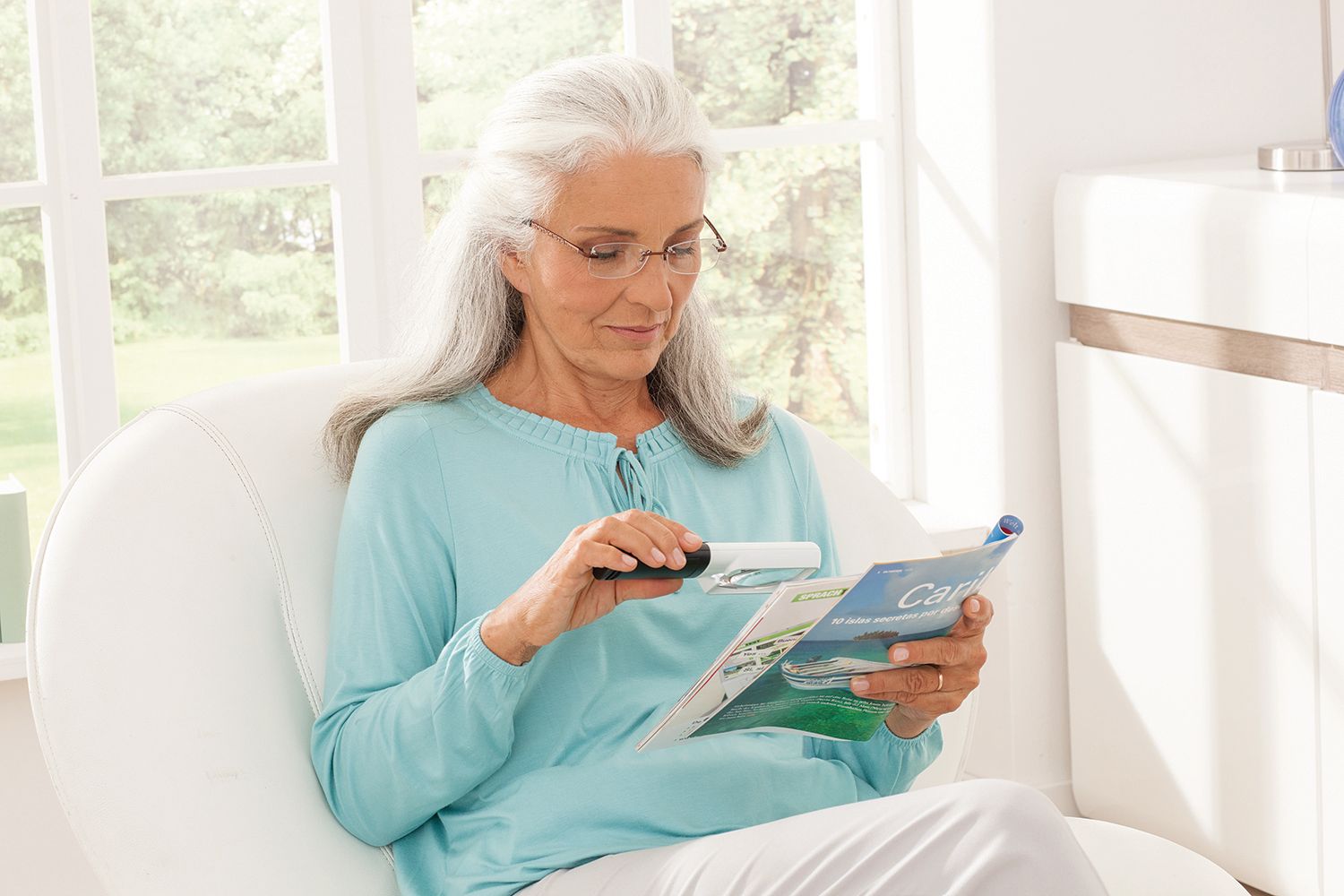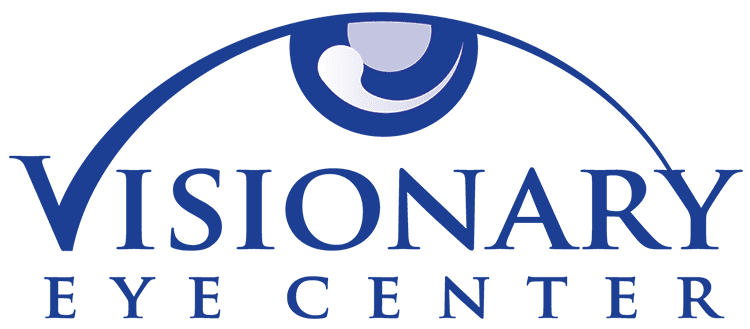Low Vision is a visual impairment not correctable by standard glasses,
contact lenses, medicine, or surgery that interferes with a person’s ability to perform everyday activities. This means that any patient that is not 20/20 may be a low vision patient. Partially sighted patients have a best corrected visual acuity between 20/70 and 20/200. Legally blind patients in the United States have remaining vision in the better eye after best correction of less than 20/200 or contraction of the peripheral visual fields in the better eye (A) to 10 degrees or less from the point of fixation; or (B) so the widest diameter subtends an angle no greater than 20 degrees.

 775.827.1100info@visionaryeyecenter.com8175 South Virginia Street Suite B-900
775.827.1100info@visionaryeyecenter.com8175 South Virginia Street Suite B-900